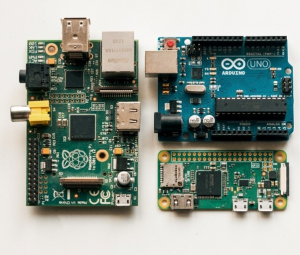


This dataset is provided as is and was not quality controlled by UCAR/JOSS. The files are compressed using the UNIX "compress" command and "uncompress" must be used before decoding. Please see GCIP/EOP: Surface NCEP Ancillary Catalogue of Available GCIP Precipitation Data (NCEP/EMC). Depending on the time period selected, all five types may or may not be available. Other NCEP 4 KM GRIB Data including gage-only analysis, radar estimate, radar estimate after bias removal, and gage-only analysis using 24h accumulated ("RFC") data are available as independent datasets. Depending on the time period selected, all three datasets may or may not be available. Daily data are generally available at 12Z. 6-hourly data are generally available at 00Z, 06Z, 12Z, and 18Z. This dataset only contains the NCEP 4 KM GRIB Data multi-sensor hourly, 6-hourly, and daily analysis (gage and unbiased radar). Data analysis routines, including a bias correction of the radar estimates using rain gage data, have been adapted by NCEP on a national 4-km grid from algorithms developed by OH and executed regionally at NWS River Forecast Centers (RFC). Hourly digital precipitation (HDP) radar estimates are created by the WSR-88D Radar Product Generator on a 131 X 131 4-km grid centered over each radar site. This analysis merges two data sources that are currently being collected in real-time by OH and NCEP. A prototype, real-time, hourly, multi-sensor National Preciptation Analysis (NPA) has been developed at NCEP in cooperation with the Office of Hydrology (OH). This dataset supports the comparison of gait parameters and properties of inertial and optical capture systems, whereas allows the study of gait characteristics specific for each system.This dataset contains the National Centers for Environmental Prediction (NCEP) Environmental Modeling Center (EMC) 4 KM GRIB multi-sensor analysis ("MUL") data. Ten trials for each participant were recorded and pre-processed in each of two sessions, performed on different days. Participants were instructed to walk on a straight-level walkway at their normal pace. The trajectories and accelerations were simultaneously recorded and synchronized. A smartphone and a custom micro-controlled device with an IMU were attached to one of the subject's legs to capture accelerometer data, and 42 reflexive markers were taped over the whole body to record three-dimensional trajectories. The presented multi-sensor human gait dataset comprises synchronized inertial and optical motion data from 25 subjects free of lower-limb injuries, aged between 18 and 47 years. Each technology has its drawbacks and advantages, fitting best to particular applications. Different technologies can acquire data for gait analysis, such as optical systems and inertial measurement units (IMUs).


 0 kommentar(er)
0 kommentar(er)
